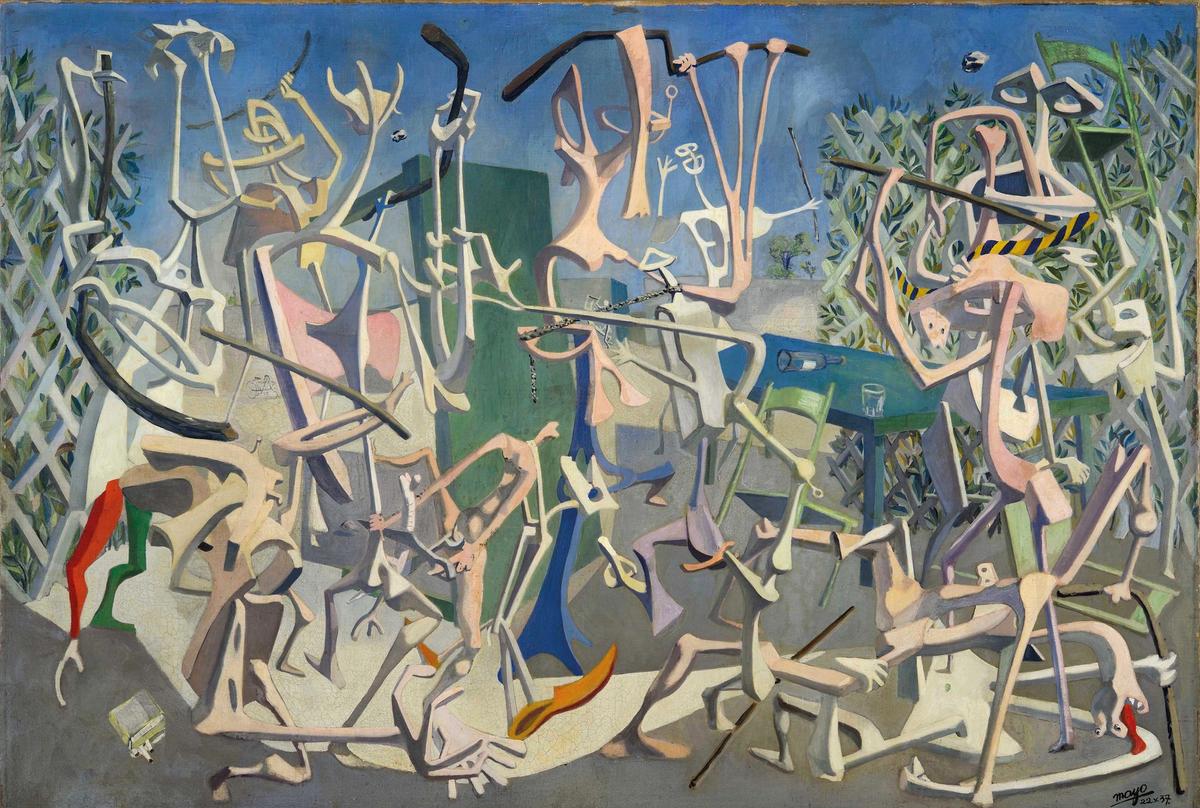Long-forgotten in Egypt and omitted from art history, a Cairo-based Surrealist group are being revealed to the world in a travelling survey show. Tate Liverpool is the latest museum to host Surrealism in Egypt: Art et Liberté 1938-48 (17 November-18 March 2018), which traces the history of the group Art et Liberté through more than 100 paintings, photographs and archival documents.
The group attracted a young generation of artists and intellectuals at a time of great cultural and political reform in Egypt and became part of an international movement defying fascism, nationalism and colonialism. Five years in the making, the show not only reveals an overlooked aspect of Egyptian art history but also adds to the understanding of Surrealism as an international movement.
The show opened at the Centre Pompidou last year in honour of the 50th anniversary of the death of Surrealism’s founder, André Breton (1896-1966) and toured to Madrid’s Museo Nacional Centro de Arte Reina Sofía—the home of Picasso’s masterpiece Guernica (1937), which illustrated the Egyptian group’s first manifesto. The show will travel to Moderna Museet in Stockholm in 2018.
But how is Egyptian Surrealism relevant in Liverpool? “The exhibition has a nice through-thread for our visitors from Portraying a Nation: Germany 1919–33 [that closed on 15 October],” says a gallery spokesperson. “[Art et Liberté] aligned themselves with the European artists whose Modernist works were being classed as ‘degenerate’ in Nazi Germany.”


